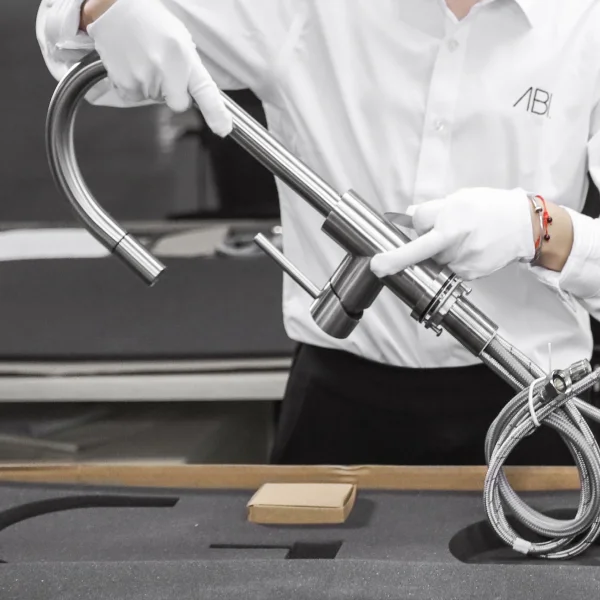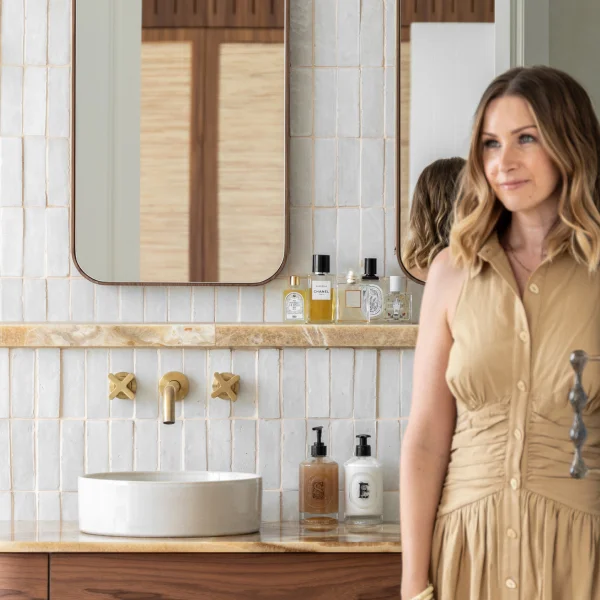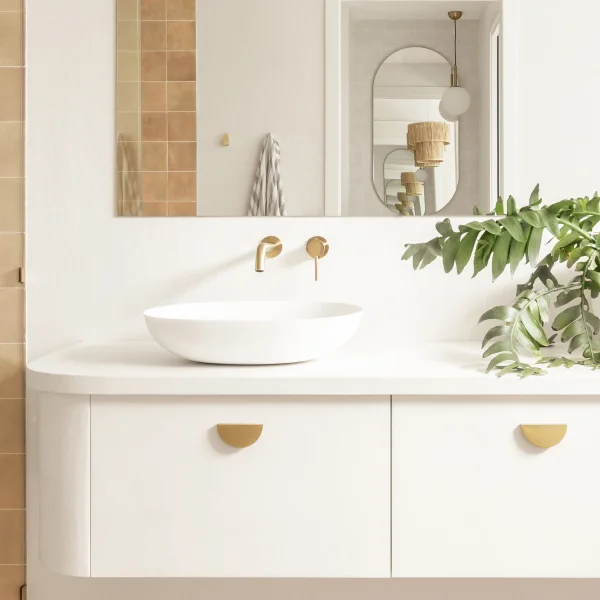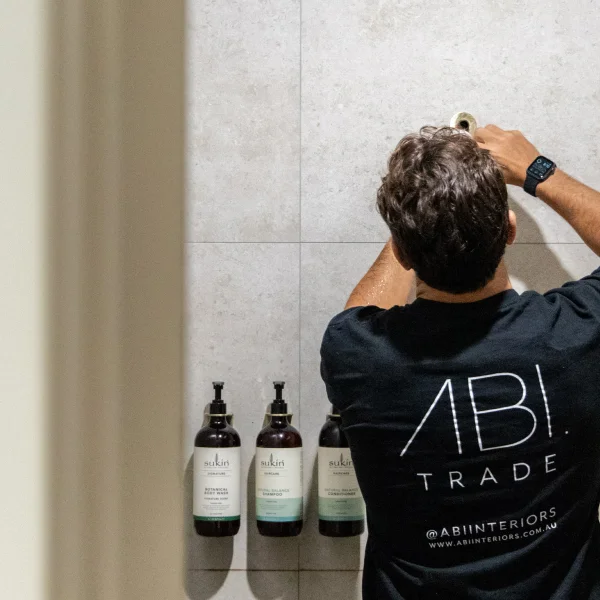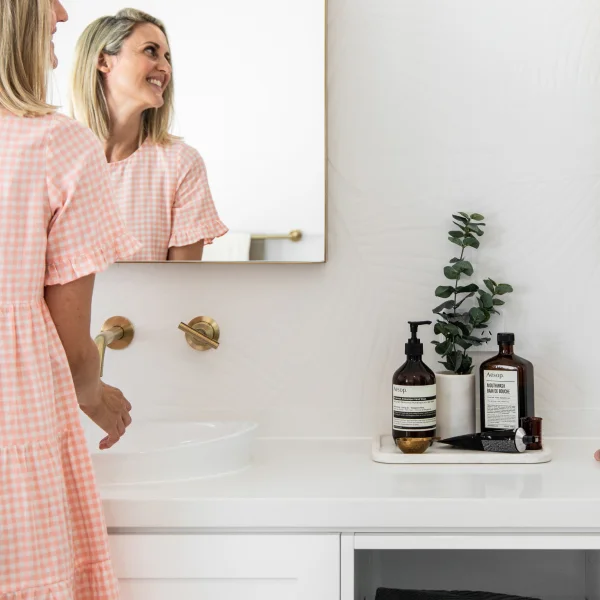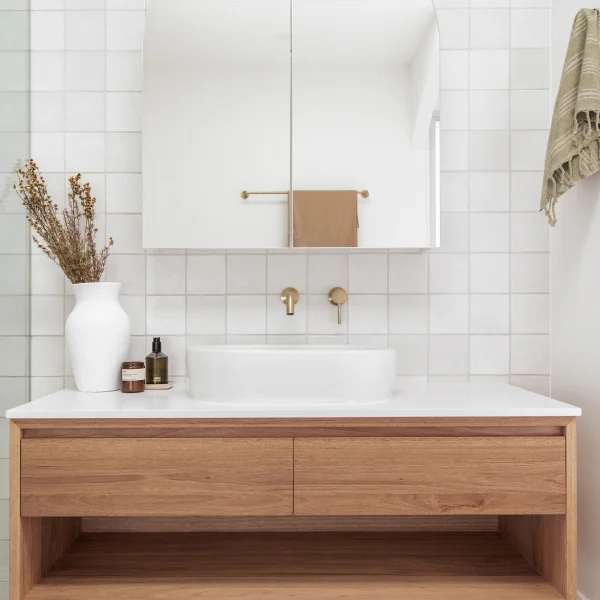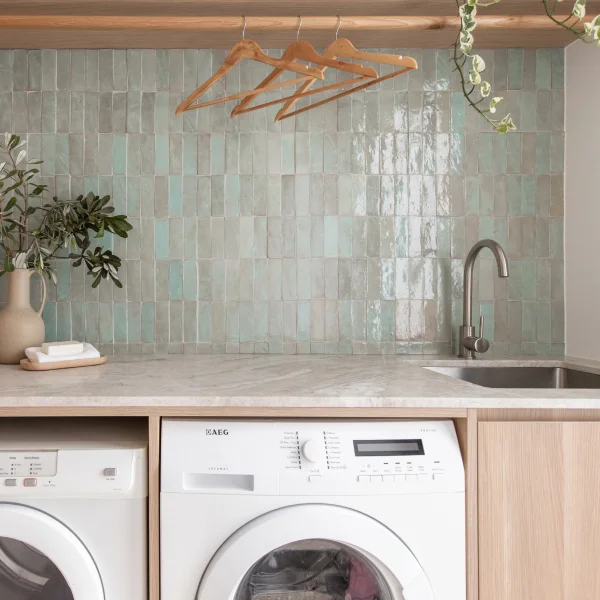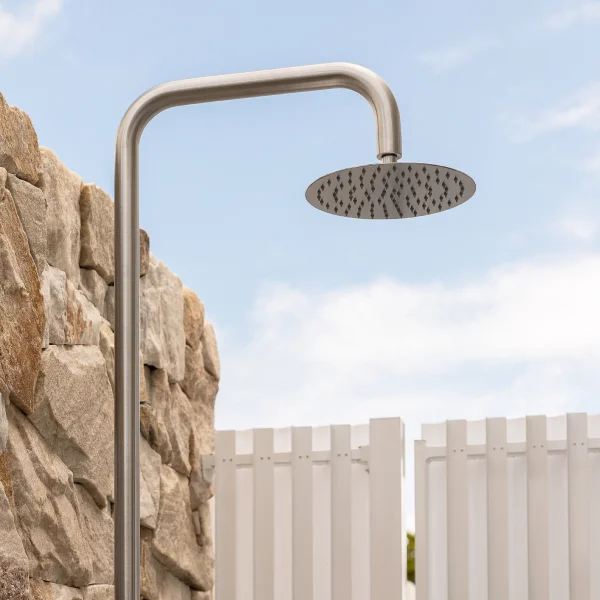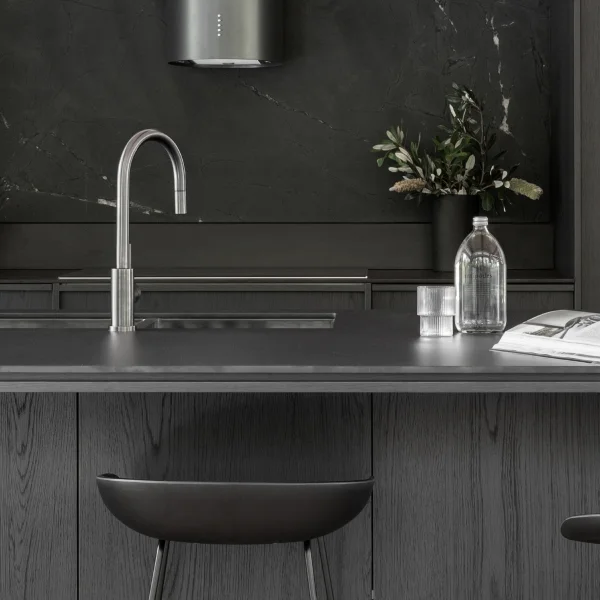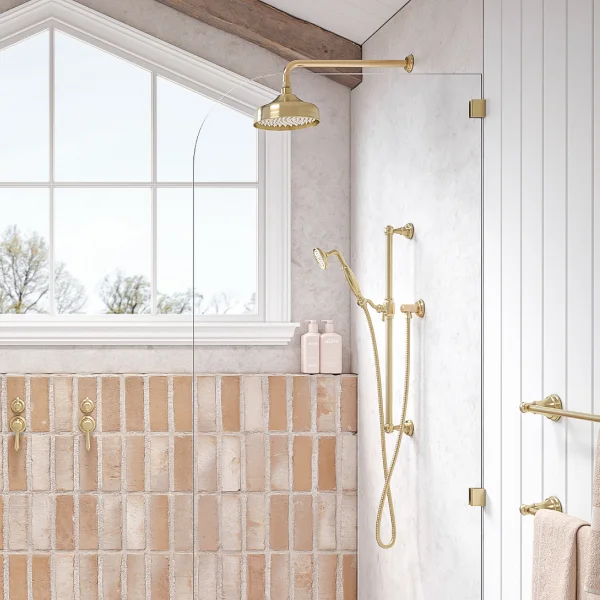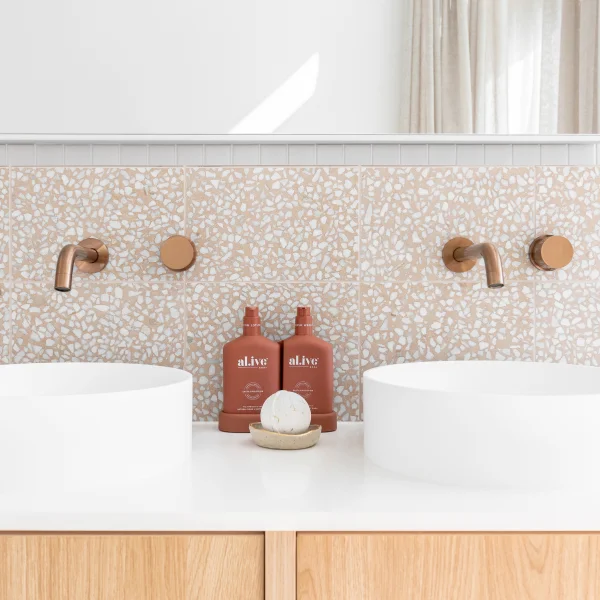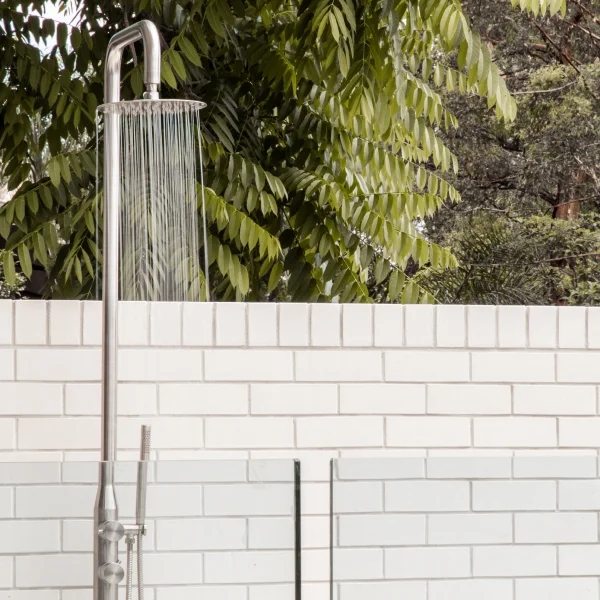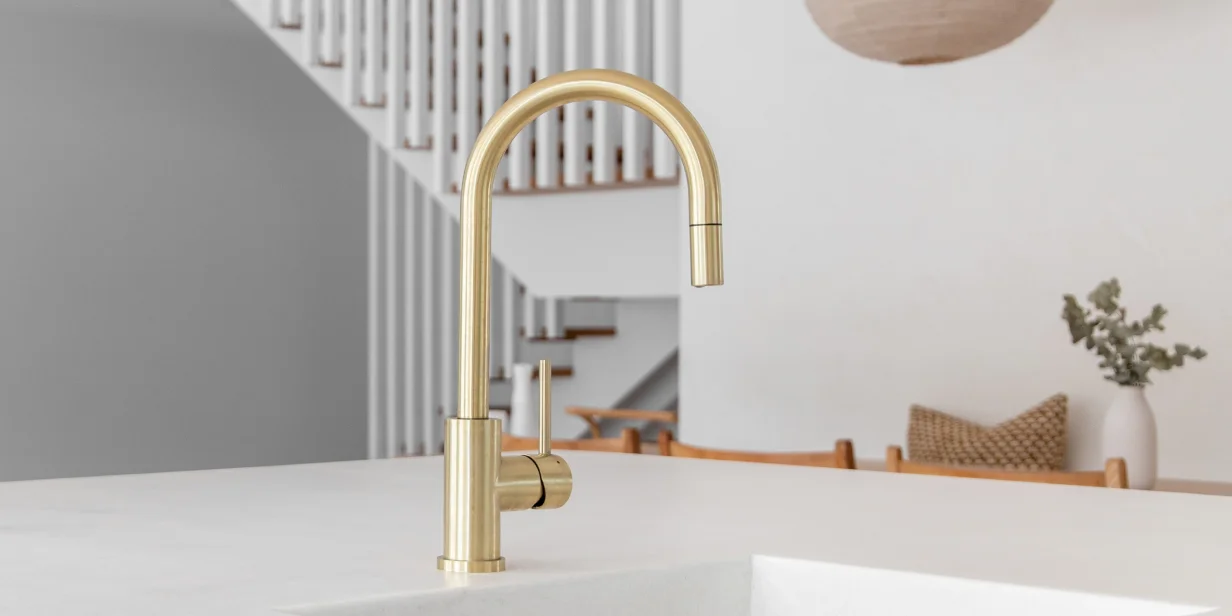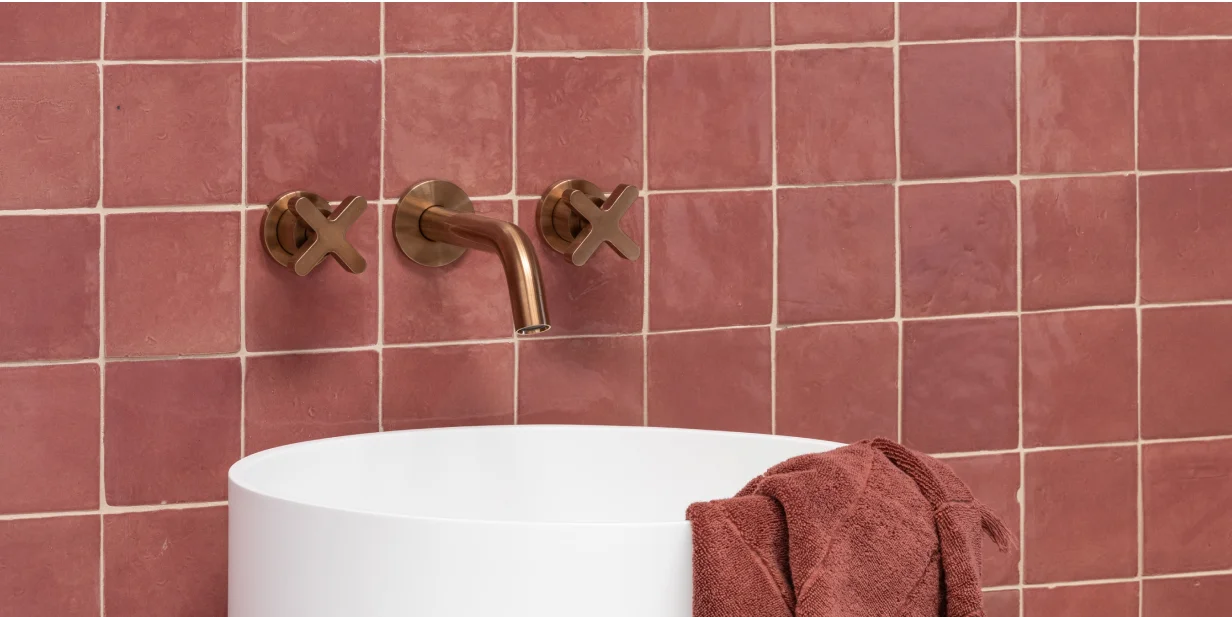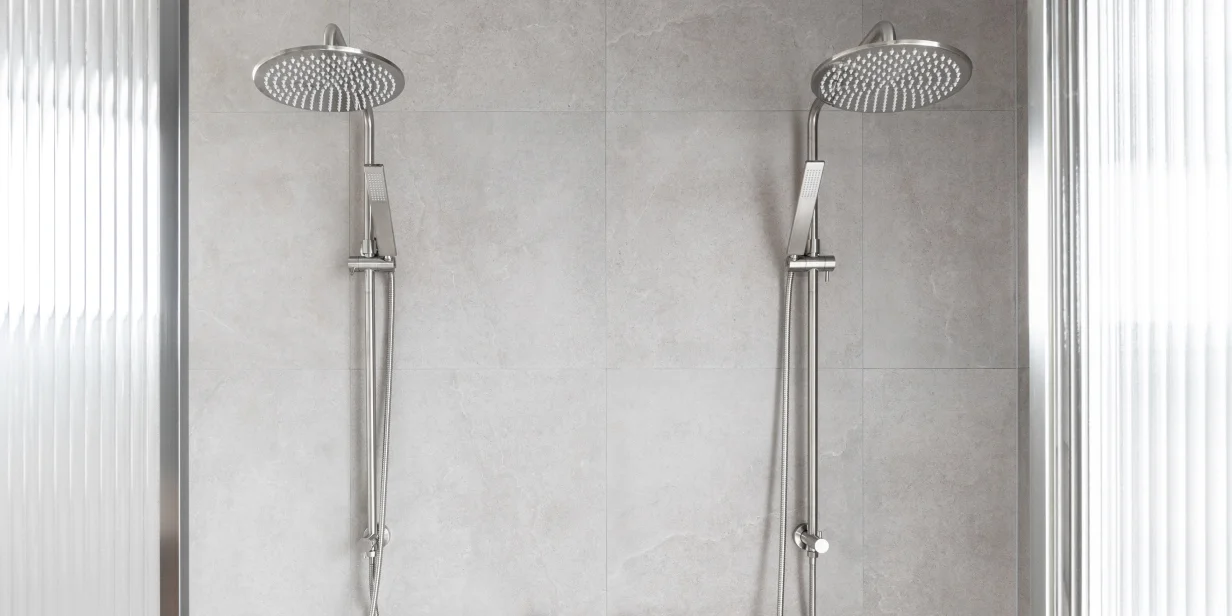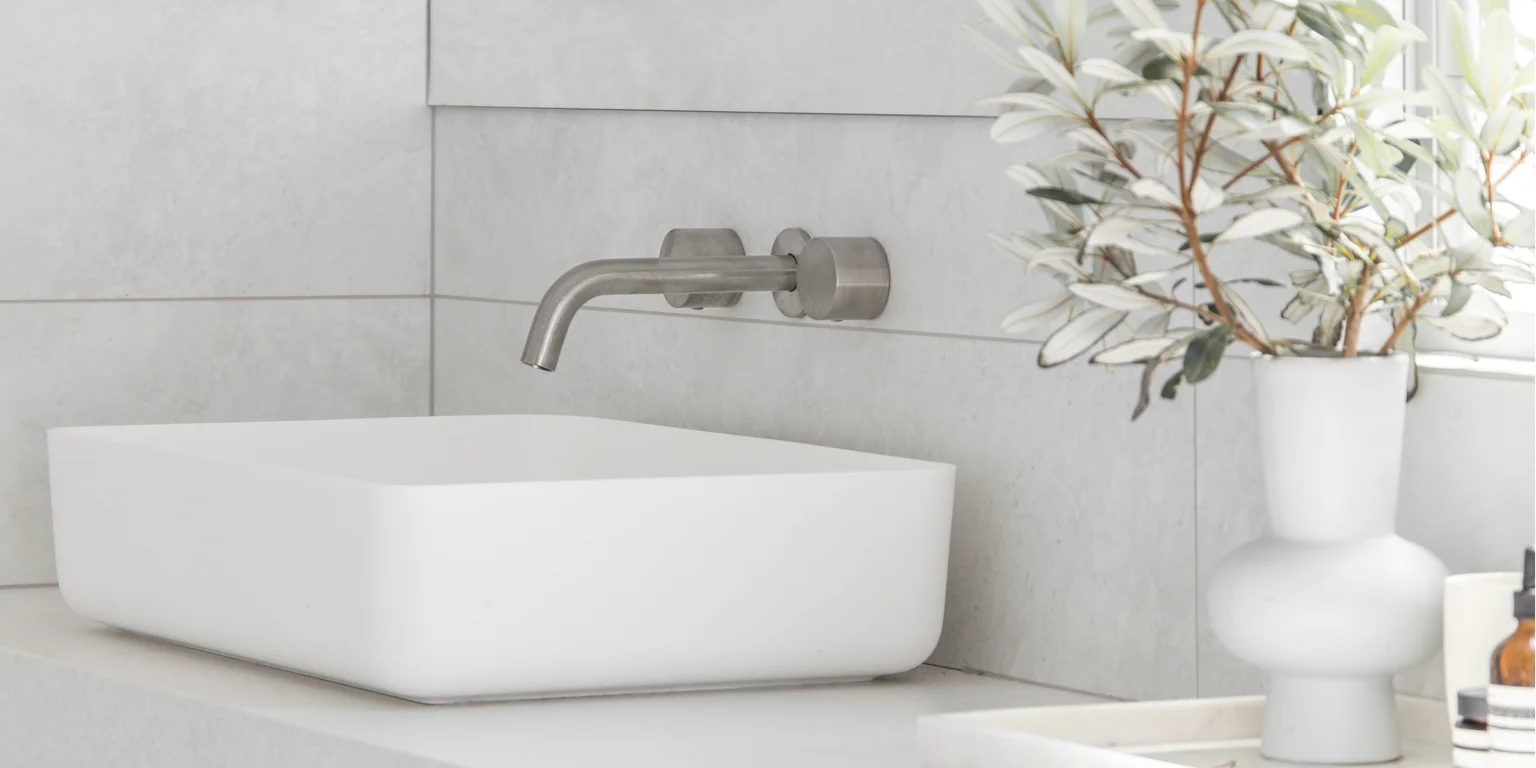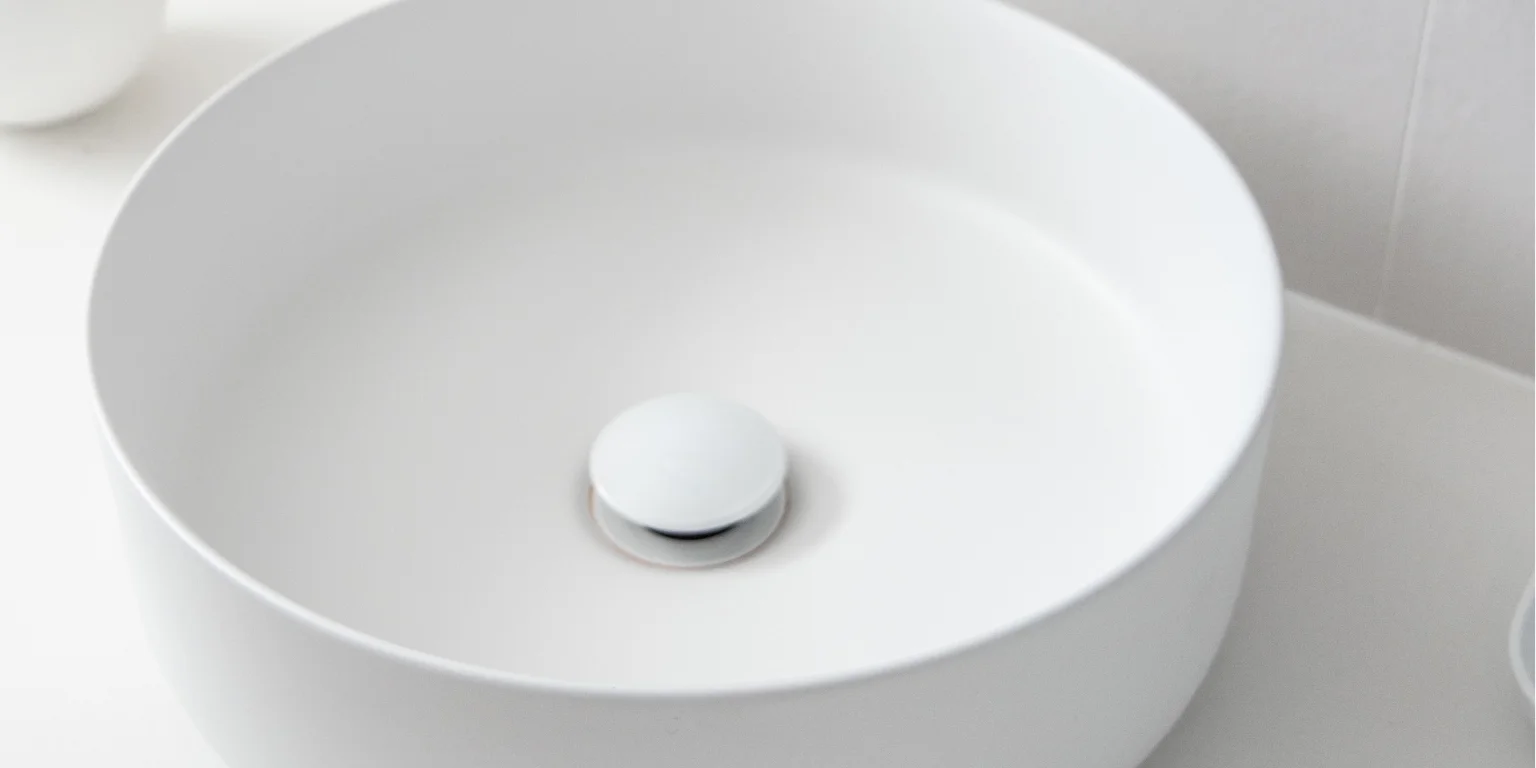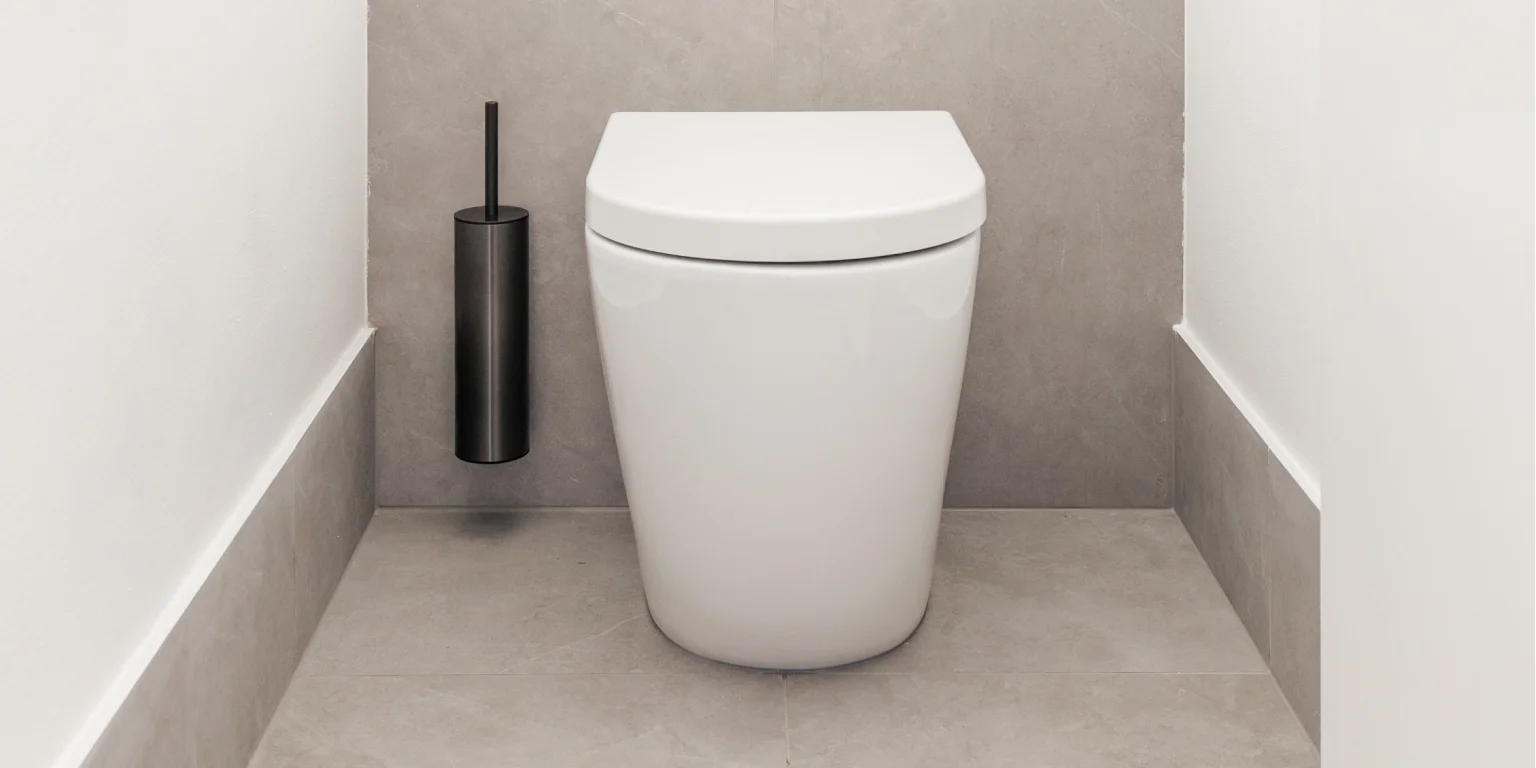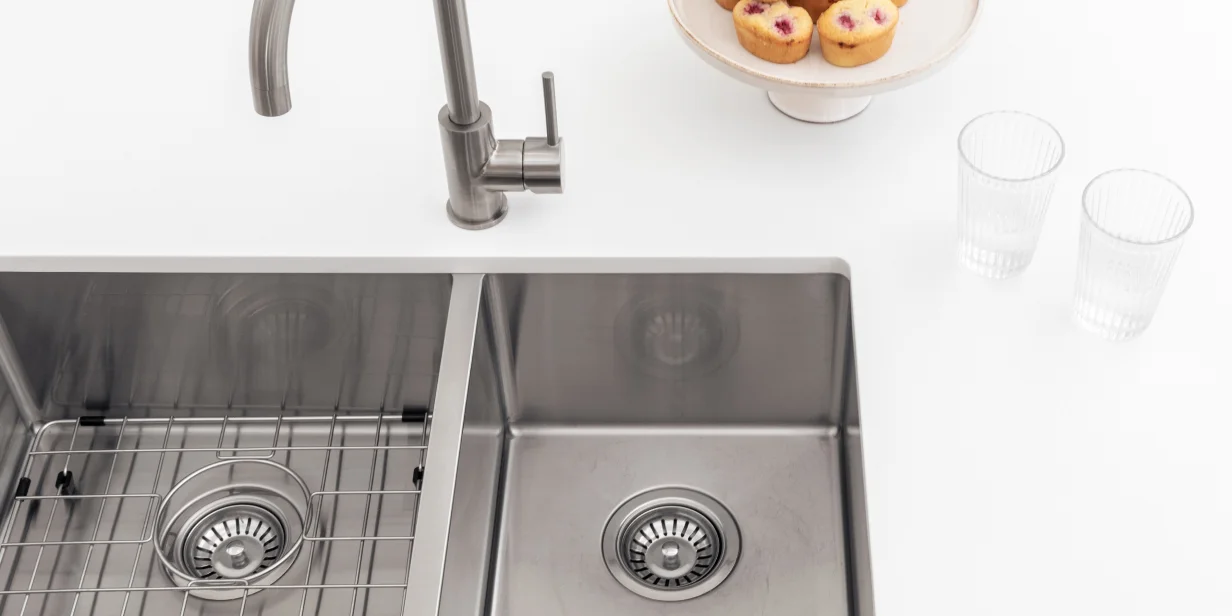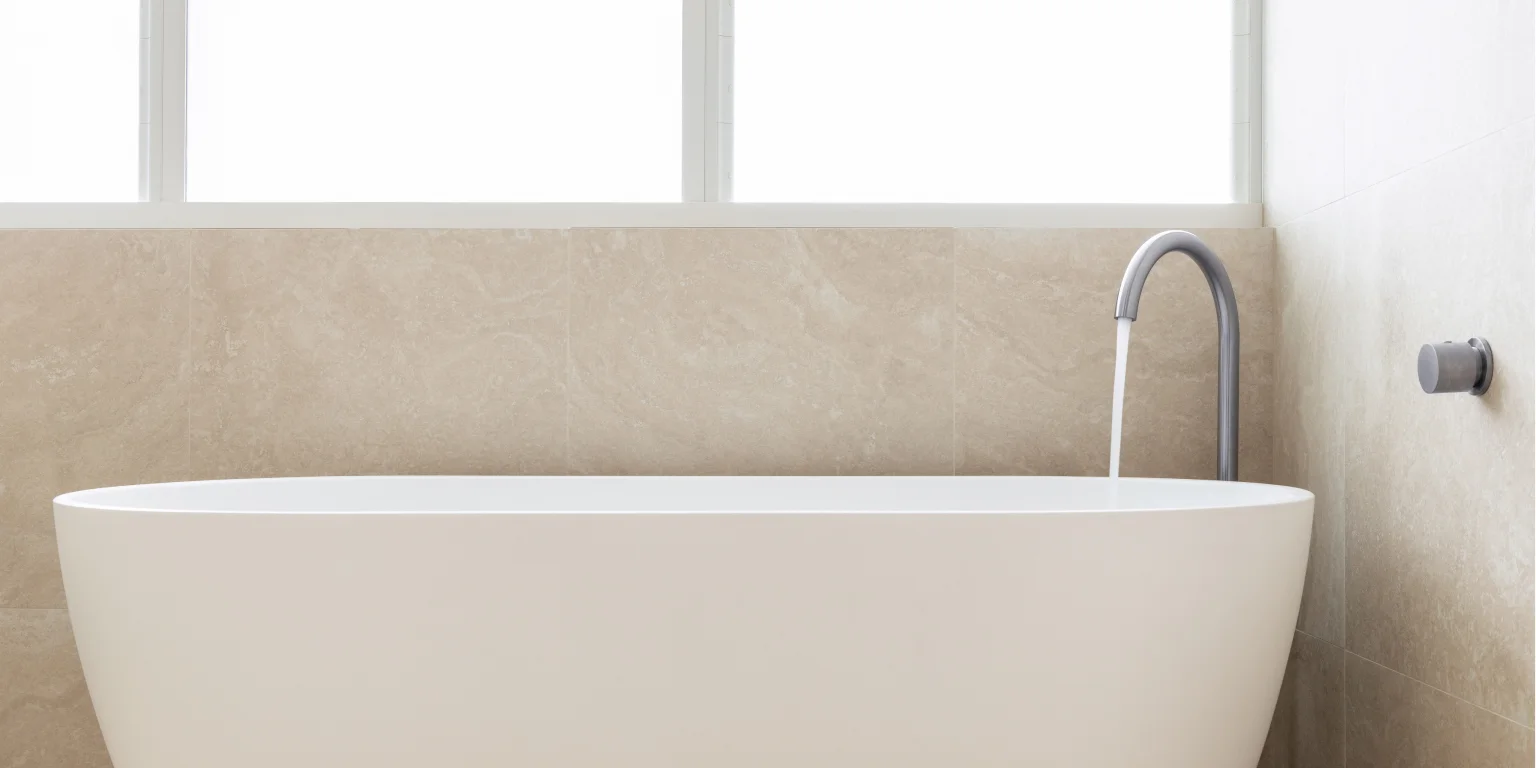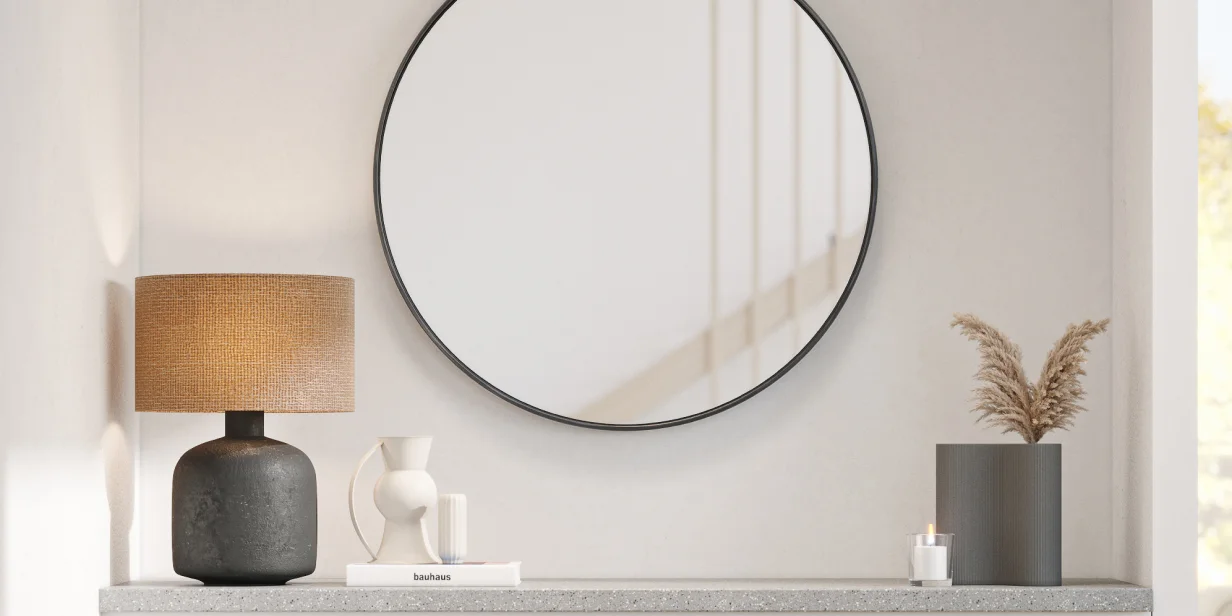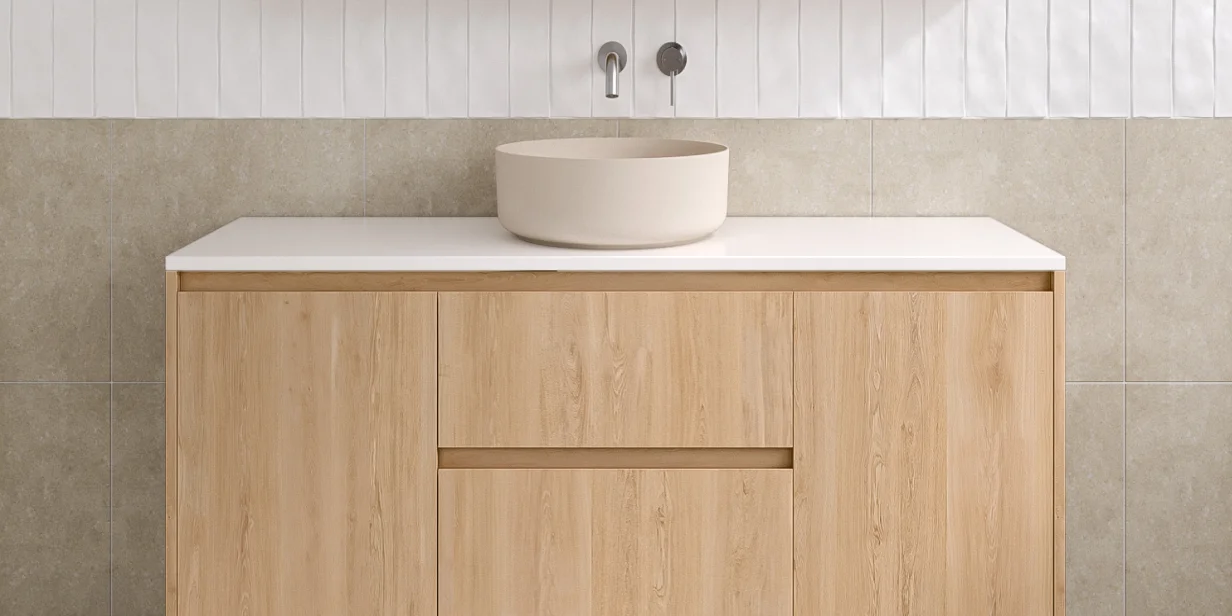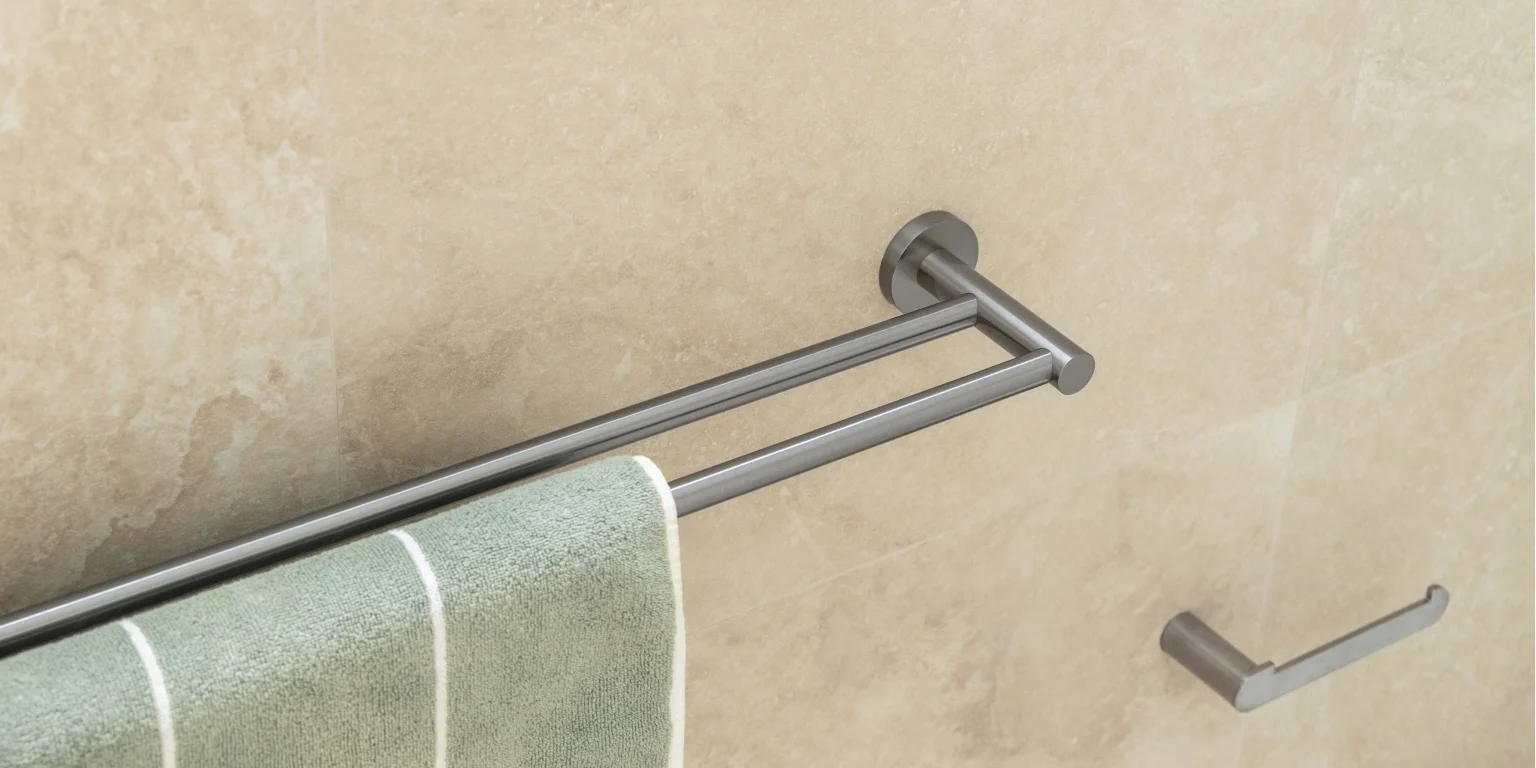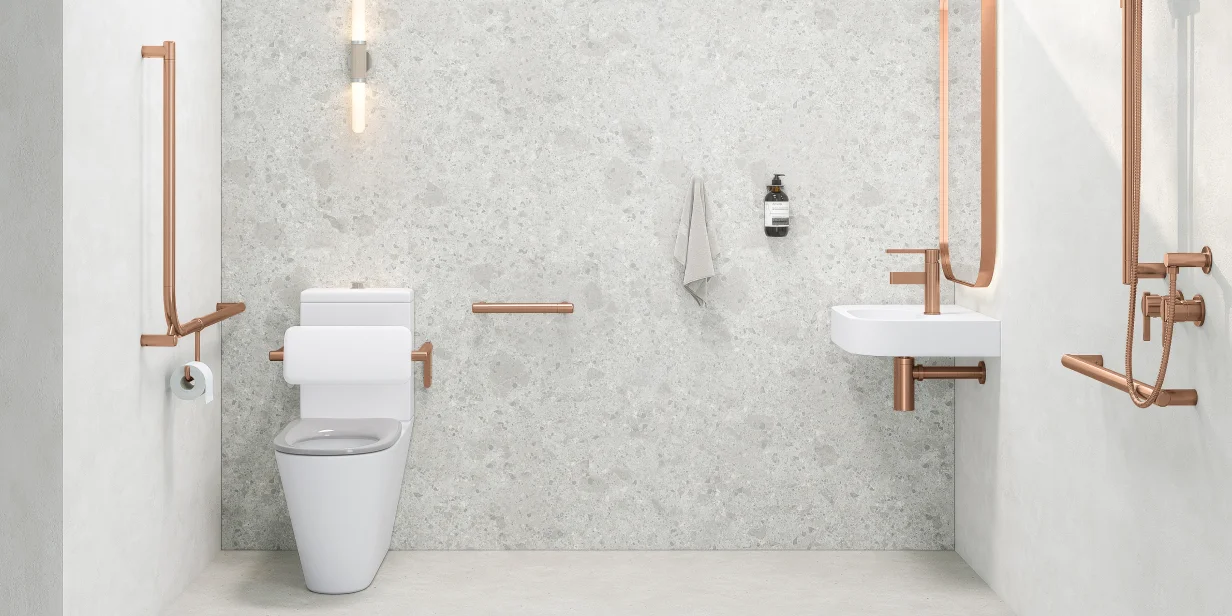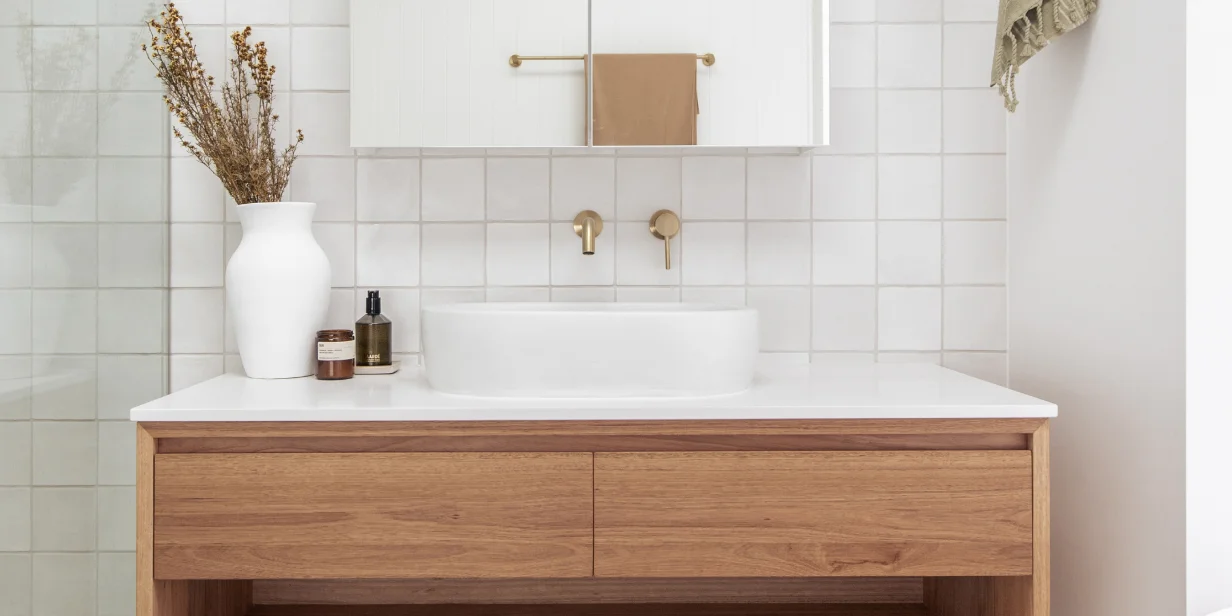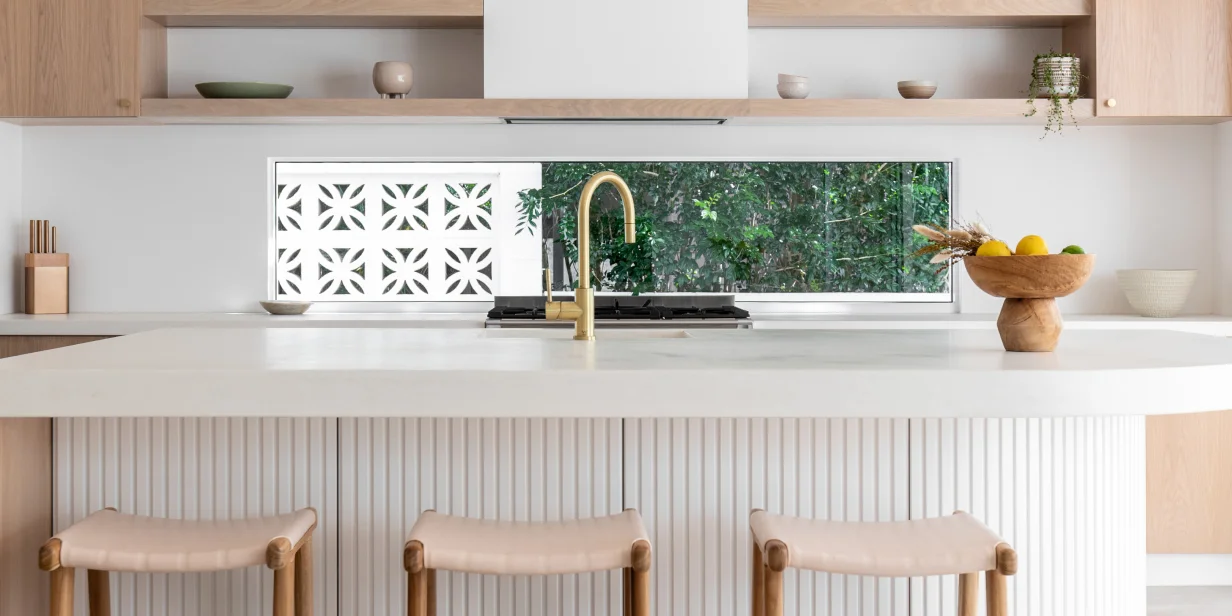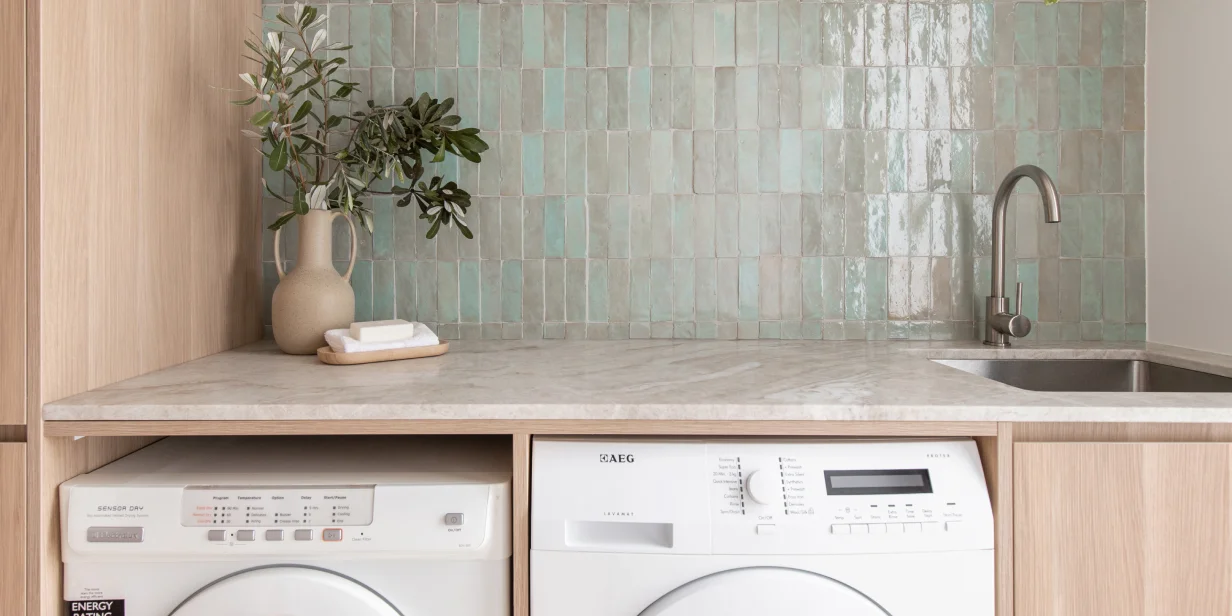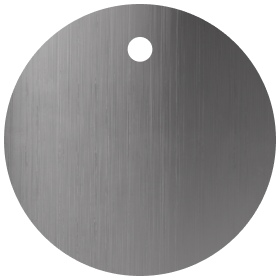The 4 Main Advantages of Sensor Taps in the Kitchen
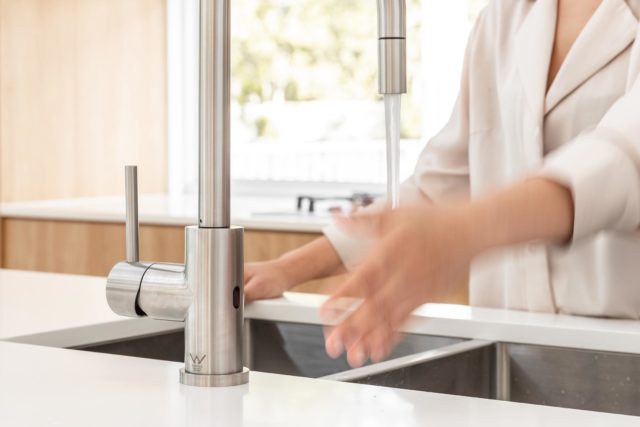
In response to the events of recent years, the importance of touchless fixtures has dominated the way we design. Hand washing has always been an essential practice to promote cleanliness, and the rise in sensor taps allows us to do that with added peace of mind.
For busy and highly-frequented areas like the kitchen, a sensor tap is not only a preventative hygienic measure but hosts a plethora of other advantages. Explore our top four benefits of sensor taps to see how one fixture can transform the way your kitchen operates.
1. Hygiene
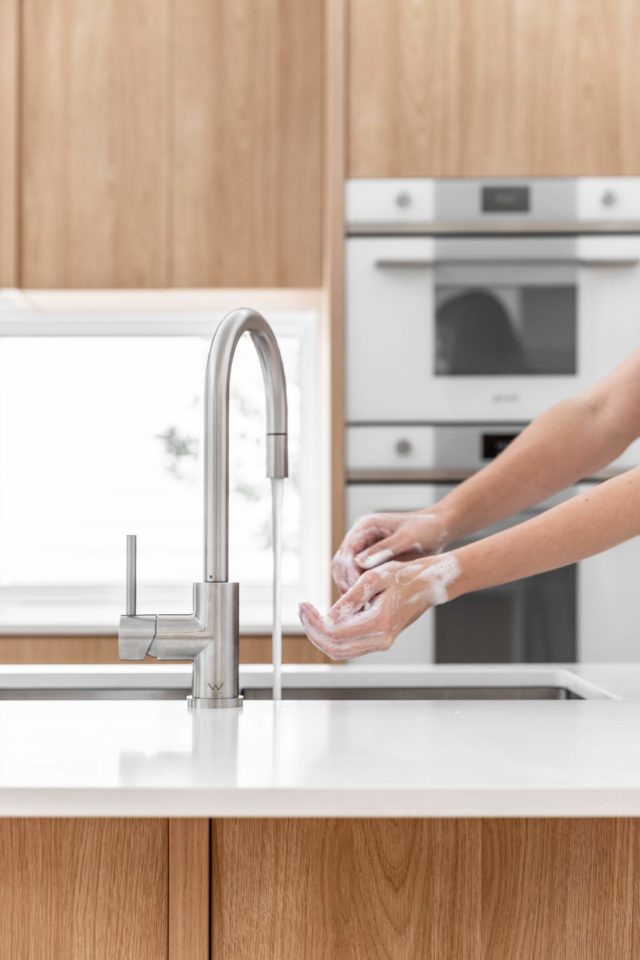
Being able to promote hygiene is the main drawcard of sensor taps. As we have learned from COVID-19, a way to reduce the spread of germs is by avoiding communal areas and keeping surfaces clean. Sensor taps bypass physically handling the apparatus so that users don’t have to repeatedly touch the same fixture.
The kitchen is a busy, thriving centre of any home. With a touch-free mixer, residents can clean up or prepare food without cross-contamination. This peace of mind attitude applies to both residential and commercial kitchens, allowing a seamless flow for day-to-day activities. A sensor tap is a wonderful hygienic addition in a butler’s pantry as well, as this area is separate from the main hub of the kitchen, giving less opportunity for germ transmission.
2. Accessibility
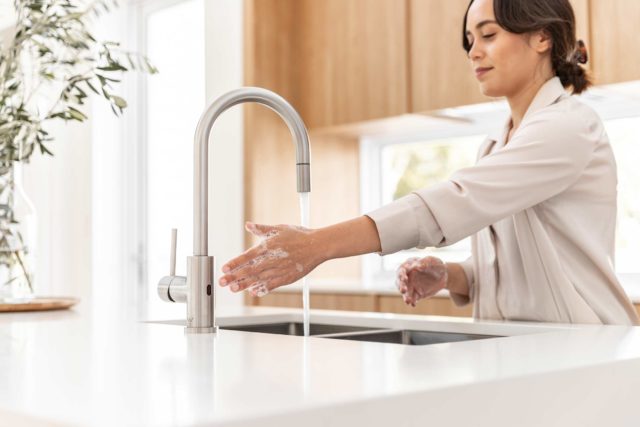
An advantage of sensor taps in the kitchen is that they open up another realm of operation, making them more accessible and functional for a diverse range of users.
Individuals that move in a limited capacity, such as those with arthritis, may find operating a sensor tap much easier for their needs. This eases the burden for a considerable number of the population who experience mobility constraints.
A sensor tap in the kitchen is also helpful for children who may not be able to reach the tap comfortably, as it can trigger from a distance of around 15cm.
On the other end of the scope, if you have a sensor tap like our Elysian that can be operated with a sensor, a manual mixer, and a pull-out nozzle — the functional capacity widens for the household. This means your sensor tap can be used for a multitude of needs, increasing user accessibility in the kitchen.
3. Efficiency
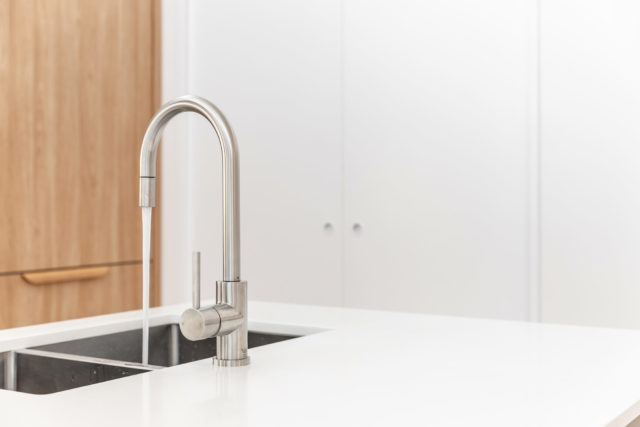
A clear benefit of sensor taps is their safety and efficiency features. With our Elysian Sensor Commercial Pull-Out Kitchen Mixer, there is a standardised shut-off component that ensures that if the sensor hasn’t been motioned off, the flow of water will stop after 30 seconds. These water-saving taps offer an advantage in front of standard kitchen mixers, as water cannot be accidentally or indefinitely left on.
This also circumvents the issue of accidentally flooding the home, creating a safer environment through the efficiencies of a sensor tap. With this feature, sensor taps can help keep water bill costs low as well.
4. Longevity
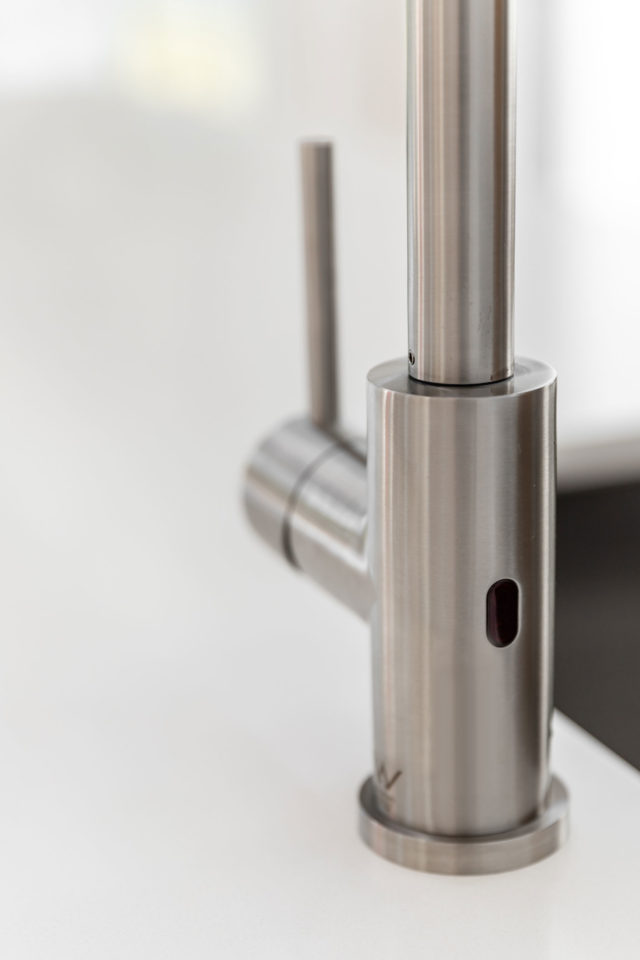
One of the unexpected advantages of sensor taps is their inclination to experience less wear and tear than their manual contemporaries. As it can be operated with a simple wave of a hand, there is minor physical contact with the handle over time. This preserves the functional integrity of the tap from overuse and extends the tap’s lifespan.
Another issue sensor taps help to minimise is the potential of corroding the fixture’s finish. Wet hands have less of an opportunity to create marks on the surface of the tap, making it easier to clean in the short term and protecting the finish in the long term.


